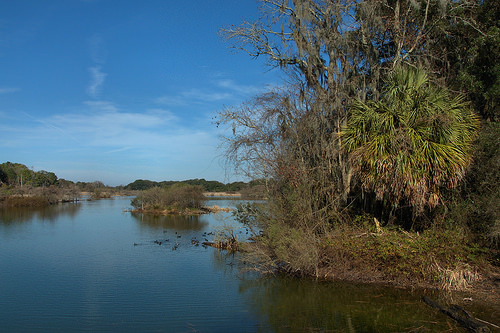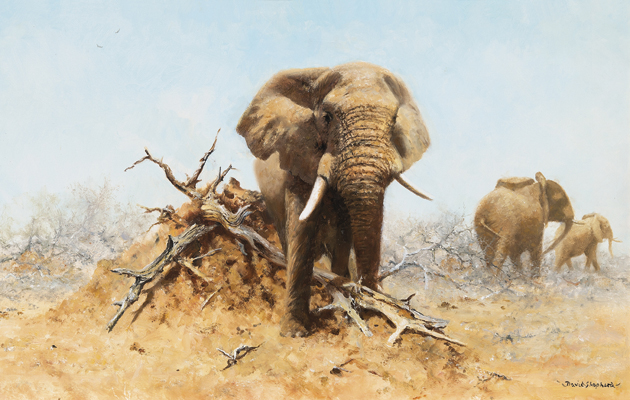It is always encouraging when you read of a great painter in the past expressing what you feel about different subjects. In this case, Delacroix opining about nature.
I bought a lovely book on Delacroix recently entitled Delacroix, Chevaux et Félins/ Delacroix, Horses and Felines. Published in 2011 by the Bibliothèque de l'Image in Paris, it is a wonderful selection of Delacroix' watercolours, drawings and paintings of horses and lions, tigers and even domestic cats. Masterful, vivid, probing and clearly, often, very much working drawings done from life as the animals moved around. Many of these studies later found their way into major paintings he executed, especially his studies of horses.
What especially resonated with me was the page quoted as an extract from his personal journal, dated Tuesday, 19th January 1847. Delacroix opens by stating that the "Cabinet" of natural history is open to the public on Tuesdays and Fridays - in other words, he goes to visit the zoo at the Jardin des Plantes in Paris. He joyfully lists all the amazing selection of animals to be seen there, both alive and stuffed, from elephants and rhinos to lamas or bison, and even the famous giraffe given to Charles X of France by Muhammad Ali of Egypt in 1827 which was, by 1847, still there in stuffed glory.
Delacroix then goes on to muse, in his journal entry for that day's visit, about the emotions he experienced. "What could cause the emotion that I experienced at the sight of all this? Perhaps that I was taken out of the pedestrian ideas that form my world, away from the street that bounds my universe. How necessary it is to shake oneself from time to time, to stick one's head outside, to try to read from the natural world, which has nothing at all in common with our cities and with the work of men. Definitely, this view I experienced made me feel better and more tranquil."
Delacroix loved watching all the animals he drew and painted - he got to know their movements, their attitudes, their characteristics. He even drew their skeletons and skinned bodies to learn better how to portray them. His depictions of their movements and essence are full of vigour and passion, excitement and wonder. His studies are as fresh today as if they were executed yesterday. To my eye, as so often happens, that vigour and immediacy is however often lost when he uses those studies in his large oil paintings.
Watercolour study of a cat's head, c. 1824-29, E. Delacroix, (image courtesy of the Louvre)
An amazing series of lead pencil studies of lionesses, E. Delacroix
Brown ink study of a lioness, E. Delacroix, (image courtesy of the Frick Collection)
Young tiger playing with its Mother, from a lead pencil drawing that is very similar., oil on canvas, E. Delacroix, (Image courtesy of the Louvre)
Study of a horse, Eugene Delacroix
A study of a horse that shows Delacroix' probing eye.
The delight that Delacroix experienced from aspects of Nature is an emotion that I can relate to very easily. The endless fascination and wonder that is there for one to observe and learn about does indeed appear as soon as one steps out into the natural world.


















